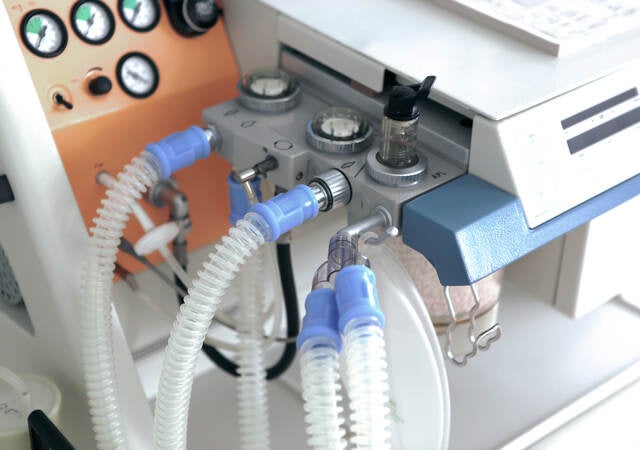May 12, 2023
The European Commission (EC) has issued a request that its Scientific Committee on Health, Environmental and Emerging Risks (SCHEER) update guidelines on the benefit-risk assessment of the presence of phthalates in certain medical devices. The request targets phthalates that are carcinogenic, mutagenic, toxic to reproduction (CMR) or have endocrine-disrupting properties. Since the introduction of the Medical Devices Regulation (EU) 2017/745 (MDR), manufacturers have been struggling with General Safety and Performance Requirement (GSPR) 10.4.3 of Annex I MDR.
GSPR 10.4.3 of Annex I requires the manufacturer to justify the presence of certain types of phthalates in their device. Pthalates are used in many devices for components such as intravenous tubing and catheters. Phthalate properties make plastic and vinyl more durable, softens these materials and increases their flexibility. Many electronic devices contain phthalates to ensure their cables, wires and connectors remain flexible. Di-(2-(ethylhexyl) phthalate (DEHP) is the most widely used phthalate in medical devices. Other common phthalates, dimethyl phthalate (DMP) and diethyl phthalate (DEP),are often used as additives in cosmetics, medical devices and household products.
The use of phthalates had been a topic of intense discussions in recent years, as they harm not only the environment, but can also harm the patient who, for example, receive implantable devices containing phthalates.
The current guidelines on the benefit-risk assessment of the presence of phthalates in certain medical devices must be evaluated at least every five years, just like the legal requirement of the EC to evaluate the MDR in 2027 (Article 121MDR). The European Commission is now collecting data and feedback from stakeholders for SCHEER's assessment. The call will remain open until July 17, 2023.
Details regarding requested information can be found on the EC website.






